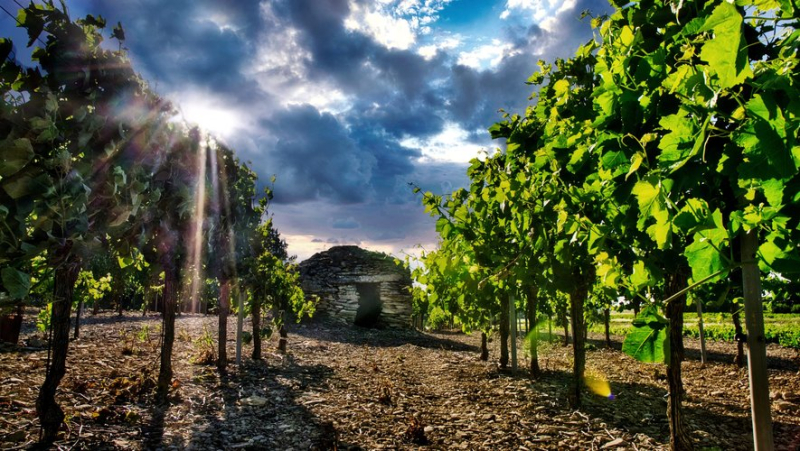Falling consumption, climate change… which French vineyards would be affected by the uprooting plans ?

Nearly 100,000 hectares of the approximately 800,000 that make up the French vineyards could be affected by uprooting (illustrative photo). Midi Libre – MiKAEL ANISSET
Vineyard uprooting plans are multiplying in France to help winegrowers overcome the crisis affecting the sector, caused by a drop in wine consumption, the consequences of climate change and rising costs.
In France's leading AOC (appellation d'origine contrôlée) vineyard with 103,000 hectares, the European Commission validated in November 2023 a plan for the definitive uprooting of 8,000 hectares, which could include up to 1,500 additional hectares by next winter.
This system, co-financed by the State (38 million euros) and the interprofessional organization (19 million), offers 6,000 euros per hectare uprooted, on condition that the plot is renatured (fallow or forest) for 20 years or another type of cultivation is adopted.
More than 1,200 operators, or more than 20% of Bordeaux winegrowers, have requested to benefit from it.
This “health” plan is intended to combat flavescence dorée, a disease that threatens abandoned vines, and indirectly helps reduce production volumes in a vineyard that has been severely shaken by the drop in consumption, particularly marked for red wine.
National plan for uprooting 120 million euros
A budget of 150 million euros over two years was announced at the end of January by the Minister of Agriculture Marc Fesneau.
France submitted its plan to the European Commission on Wednesday, ultimately with a “provisional envelope of 120 million euros” after a survey of winegrowers.
If it took several months to formalize the plan, it is because “in the CAP (common agricultural policy, editor's note), there is no measure for grubbing up”, explains Jérôme Despey, president of the council dedicated to wine within the public establishment FranceAgriMer.
The Commission had therefore asked France in the summer to present a mechanism based on the aid measures planned for the sectors affected by the consequences of the conflict in Ukraine.
This plan provides for aid for permanent grubbing-up of up to EUR 4,000 per hectare, which would theoretically cover the grubbing-up of 30,000 hectares.
This “will help to balance and better calibrate the volumes put into production in the long term in relation to changes in consumption”, according to the ministry.
Now, "there is an urgent need to be able to validate it in order to be able to implement it by the end of the year", pleads Jérôme Despey. The Commission must indeed approve the plan for the funds to be released.
The hope of a European temporary uprooting plan
This could be decided at the end of the work of a “high-level working group” bringing together the Commission, Member States and representatives of the sector, whose first meeting was held on 11 September in Brussels and which should continue until the end of the year, hopes Jérôme Despey.
This "will constitute an important contribution to the definition of strategies and policies that must be provided to the wine production sector"for the next CAP, which is due to come into force from 2027 and should be adopted in the summer of 2025, explained the Director-General for Agriculture of the European Commission, Pierre Bascou, to MEPs at the beginning of September.
"Moving much faster"
"We need to move much faster. As a matter of urgency, this high-level group must make proposals to the Commission to be able to accelerate a temporary grubbing-up system”, argues Jérôme Despey, according to whom France, Spain and Italy in particular are pushing for the adoption of temporary grubbing-up measures.
European aid could amount to €2,500 per hectare, with a ban on replanting for four years, according to him. This would help to absorb some of the overproduction and develop a strategy for planting grape varieties that are better adapted to market demand and climate change.
How many hectares are affected ?
As for the surface area envisaged, nearly 100,000 hectares out of the approximately 800,000 that make up the French vineyard could be affected by grubbing up, whether permanent or temporary, Marc Fesneau announced at the end of January.
Jérôme Despey estimates that "the most “probable” is that between 50,000 and 60,000 hectares are affected.




